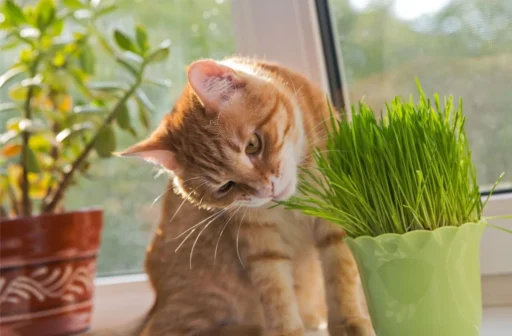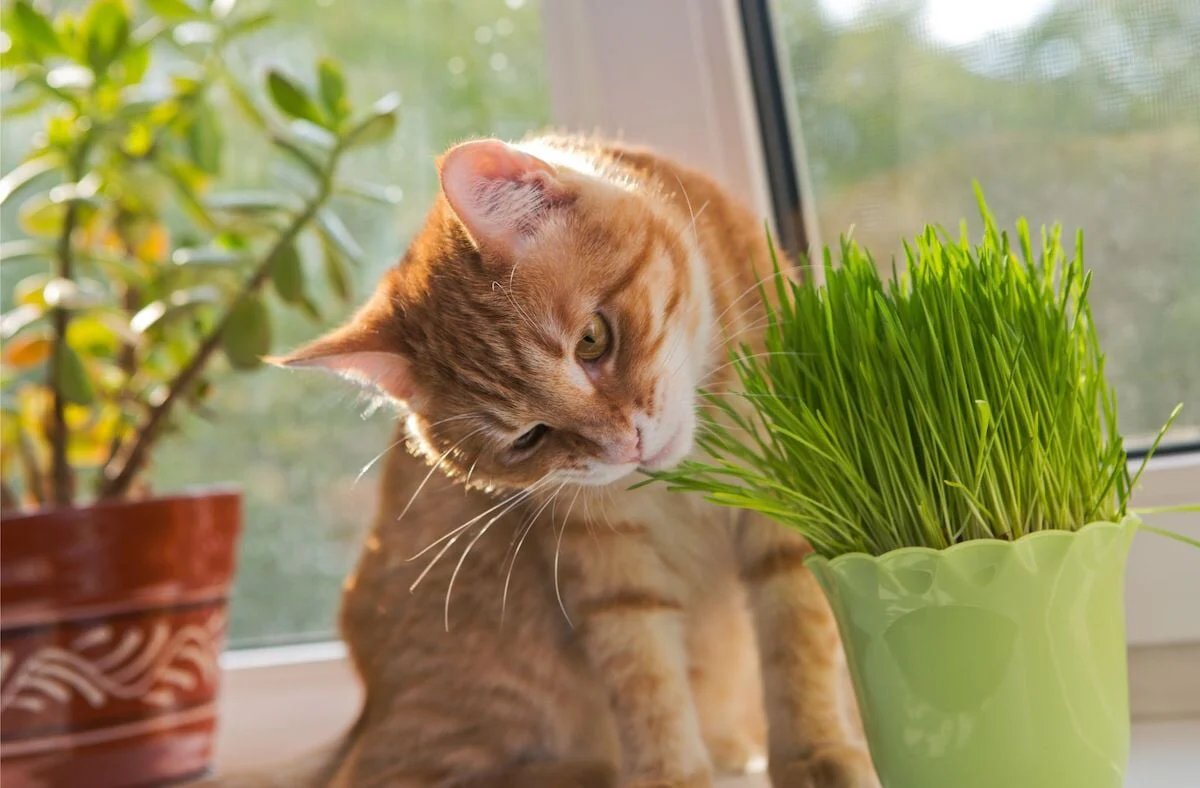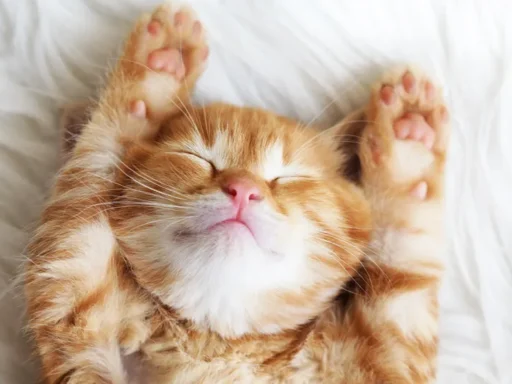Introduction to Cat Grass
Cat grass is a popular addition to many households with feline companions. It is a safe and beneficial plant that can provide numerous health benefits to your cat. Cat grass, a term that typically refers to a mixture of various grasses such as wheat, oat, barley, and rye, is specially developed to target the unique dietary and physiological necessities of homegrown cats. Particularly from the regular grass found in lawns and gardens, cat grass is purposefully grown for its tastefulness and security for cat consumption. The mix of these grains gives different textures and nutrients that are beneficial for cats, who naturally seek out plants to nibble on.
One of the pivotal differences between cat grass and regular grass lies in its composition and purpose. While regular grass might hold potentially harmful fertilizers and pesticides, cat grass is grown organically to ensure it is non-toxic and safe for ingestion. In today’s blog post, we’ll explore what cat grass is, why it is beneficial, and how you can grow it at home.
What is Cat Grass?
Cat grass is normally associated with a variety of grasses that are safe for cats to eat. The most common types include wheatgrass, oat grass, barley grass, and ryegrass. These grasses are rich in vitamins and minerals that can help support your cat’s overall health.
There are several common misconceptions about cat grass that need to be discussed in this blog. Some people mistakenly believe that cat grass and catnip are the same, however, there are altogether various plants filling various needs. Catnip is a herb from the mint family known for its euphoric consequences for cats because of its dynamic compound, nepetalactone. Interestingly, cat grass doesn’t initiate a comparative social reaction but rather supports a cat’s stomach-related health.
Health Benefits of Cat Grass
Cat grass offers several health benefits for cats. Firstly, it aids in digestion. Cats often chew on grass to help them expel indigestible materials from their stomachs, such as hairballs.
Secondly, cat grass can provide essential nutrients, including vitamins A and D, which are crucial for maintaining healthy skin and fur. Additionally, it can act as a natural stress reliever, offering a safe and enjoyable activity for indoor cats.
How to Grow Cat Grass at Home
Growing cat grass at home is simple and economical. You can purchase cat grass kits from pet stores or online retailers. These kits usually include seeds, soil, and a container. To grow cat grass, fill the container with soil, sprinkle the seeds evenly, and cover them lightly with more soil. Place the container in a sunny spot and water it regularly. In about a week, you should see the grass sprouting.
Conclusion
Adding cat grass to your home is an easy way to enhance your cat’s well-being. It offers numerous health benefits, from aiding digestion to providing essential nutrients. Plus, it is simple to grow and can be a fun and engaging activity for your feline friend. Consider introducing cat grass to your home and watch your cat reap the benefits!
Read More interesting Topics With : YOURS
- Roblox Unblocked 66: Unlocking Endless Gaming Possibilities
- CoolMathGames Unblocked: Your Ultimate Destination for Fun and Learning
- Derrick Henry Cowboys: A Name that resonate in NFL
- The Alexee Trevizo Case: Latest Updates, Verdict Insights, and Ongoing Legal Battles in 2024
- Tyson vs Paul: A Clash of Generations in the Boxing Ring





